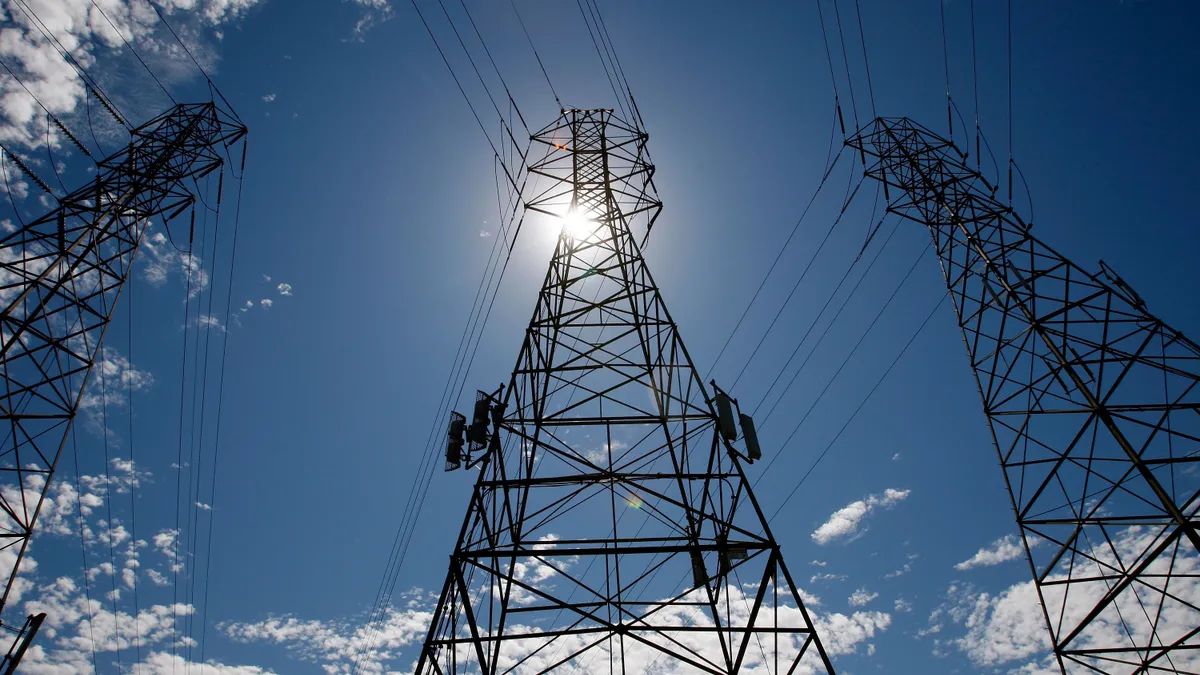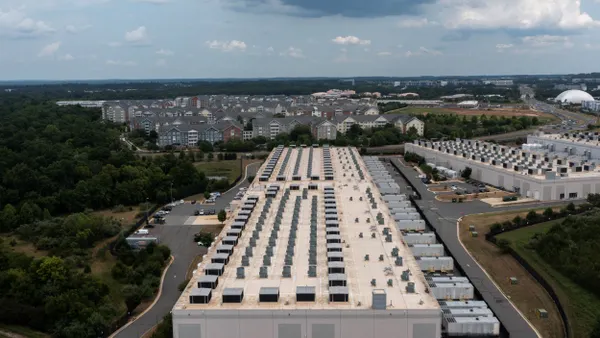Dive Brief:
- The California Public Utilities Commission (CPUC) last week approved a suite of decisions aimed at shoring up the electric grid during the summers of 2022 and 2023, in response to an emergency proclamation from Gov. Gavin Newsom, D.
- The decisions, among other things, instruct the state’s three investor-owned utilities to collectively procure between 2 GW and 3 GW of additional demand and supply-side resources, expand existing demand response programs by doubling the compensation customers will receive for conserving energy when the grid is strained, and roll out a new energy efficiency program.
- Newsom’s emergency proclamation, signed this August, sought to free up energy supplies to help ensure grid reliability, including by expediting clean energy projects, streamlining permitting processes, and other measures.
Dive Insight:
The three decisions from the CPUC last week are the latest in a string of efforts from California regulators to ensure grid reliability, following blackouts experienced by parts of the state in August 2020 in the midst of a heat wave. In February and March this year, the CPUC issued separate decisions that had ordered power providers to procure more energy as well as roll out efforts to decrease demand. According to the agency, these policies led to 1,150 MW of new resources, which include almost 200 MW of enrollment in the state’s emergency load reduction program.
This June, the commission also issued an 11.5 GW procurement order — the largest capacity procurement approved in California in one shot — to bring more resources online toward the middle of the decade.
The decisions voted on last week — focused on overall summer reliability, energy efficiency, and microgrids respectively — were aimed at bolstering the electric grid to prepare for potential extreme circumstances in 2022 and 2023. A regulatory analysis indicated that California would need 2,000 MW to 3,000 MW of new resources to do so.
Investor-owned utilities have already procured approximately 1,000 MW toward this amount due to the decisions issued by the commission this spring, CPUC President Marybel Batjer said at a Thursday commission meeting.
“So while the gap is large, I want to be clear that there is already significant procurement that can be used towards this need,” she added.
Among other things, the CPUC directed Pacific Gas & Electric (PG&E) and Southern California Edison (SCE) to procure between 900 MW and 1,350 MW apiece, and San Diego Gas & Electric (SDG&E) to procure between 200 MW and 300 MW to ensure customers have adequate energy during peak and net peak periods.
The commission also doubled the rate at which customers who conserve energy as part of its emergency load reduction program are compensated to $2 per kWh, launched a new energy efficiency program for the summers of 2022 and 2023, and approved incentives of $22.5 million for installing smart thermostats to cut air conditioning use in hot climate regions.
In addition, regulators authorized SDG&E to develop four energy storage microgrid projects that could provide 40 MW/160 MWh of capacity to address expected capacity shortfalls over the next two summers.
CPUC Commissioner Clifford Rechtschaffen noted that the summer reliability decision voted on by the commission is just a set of short-term solutions.
“This is really a bridge for the next couple of years. Where this proceeding ends, other proceedings will continue,” he said, pointing in particular to the commission’s integrated resource planning rulemaking, which is focused on ensuring reliability toward the middle of the decade and beyond.














